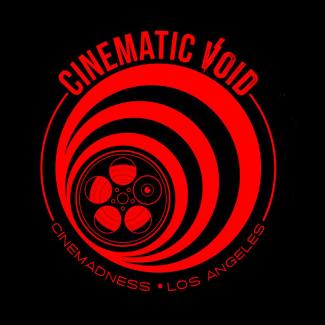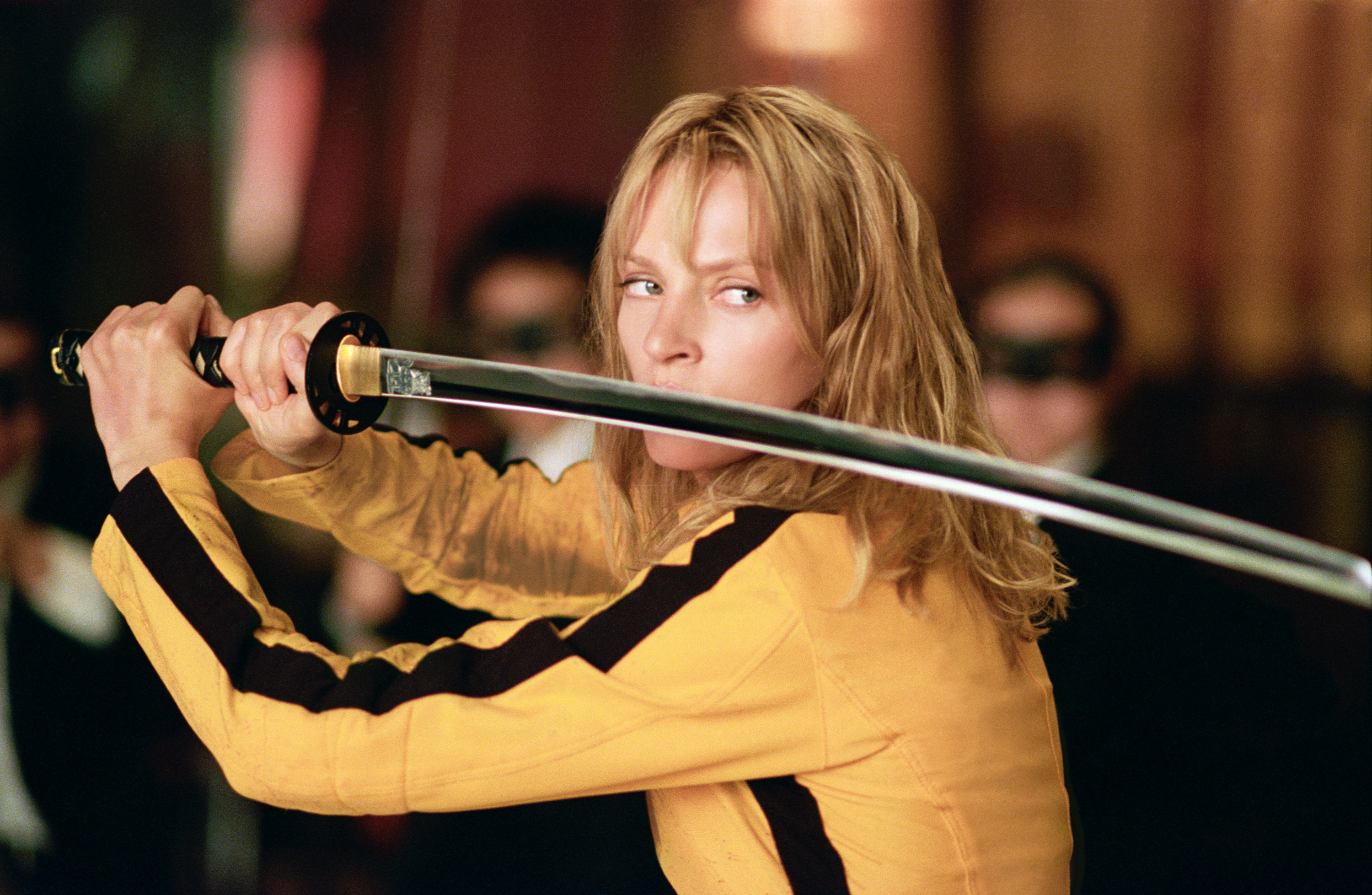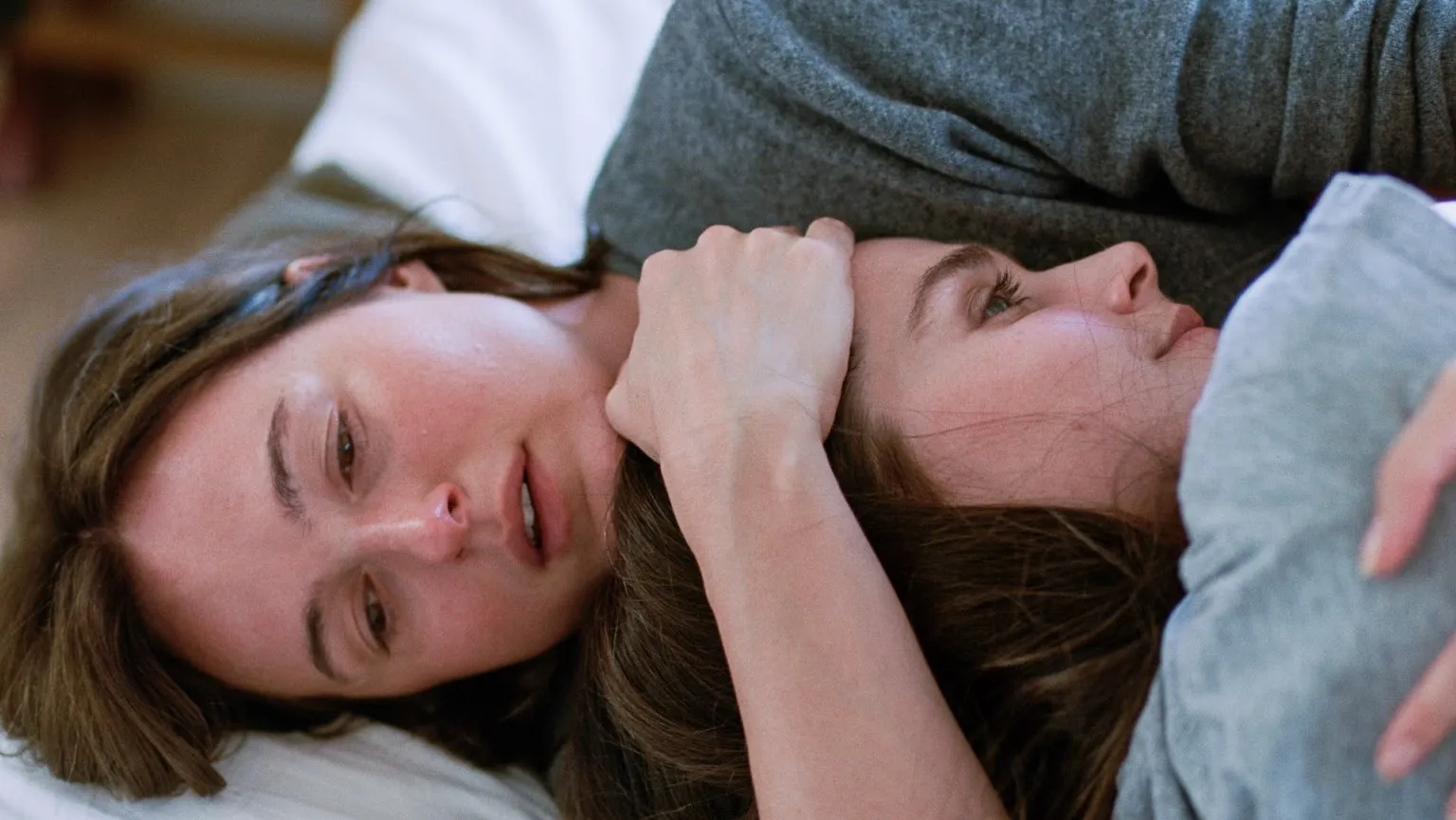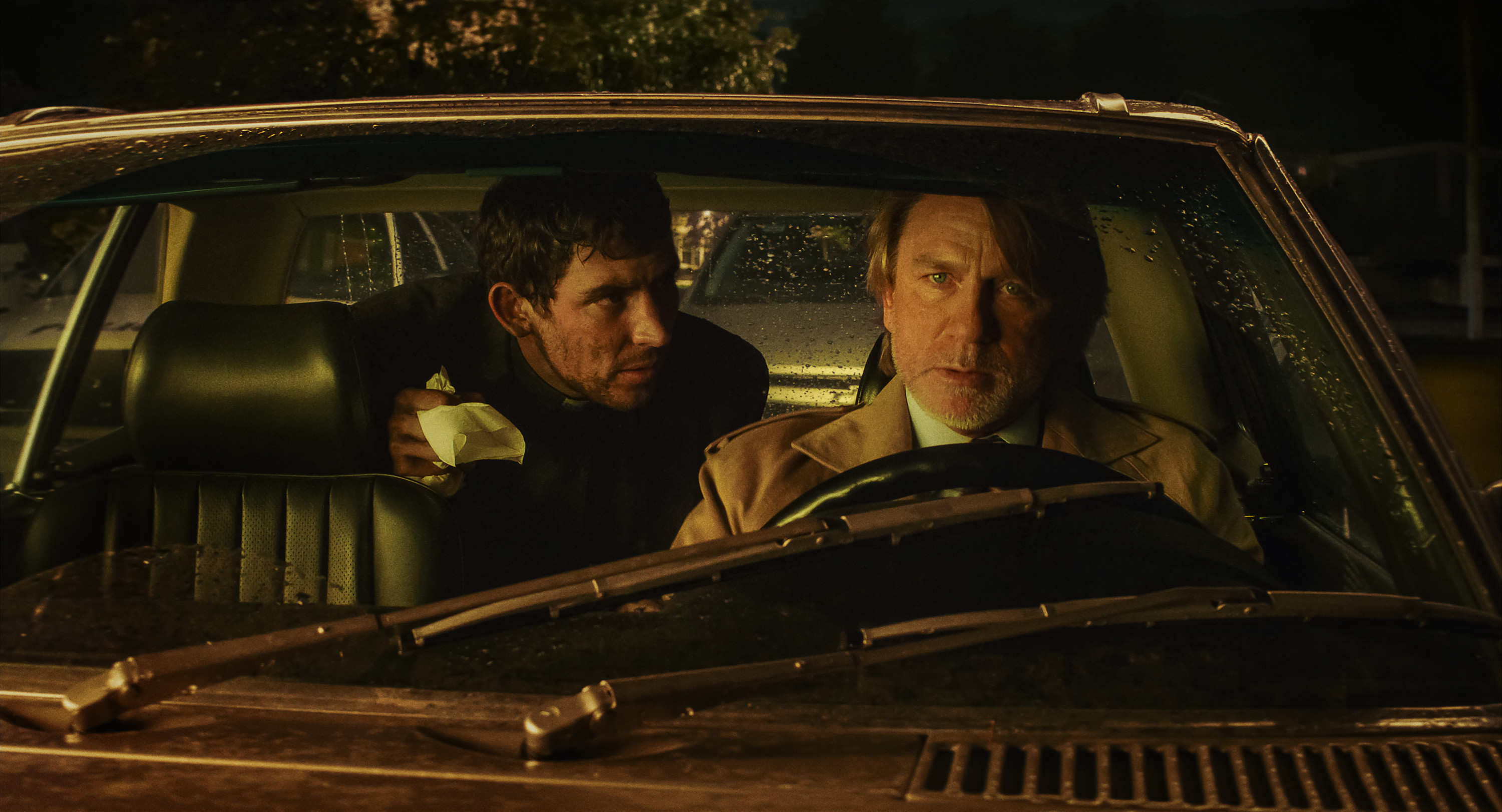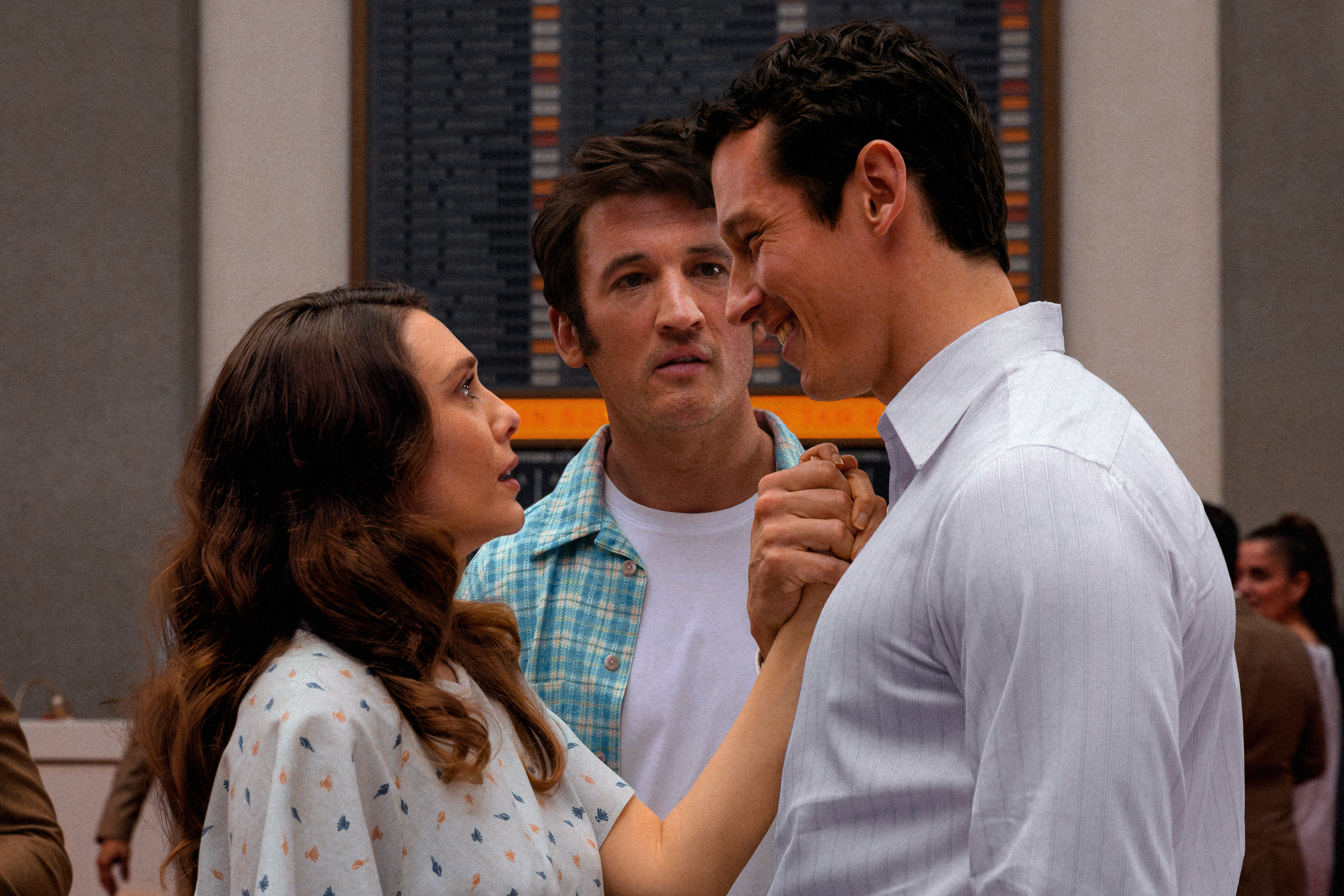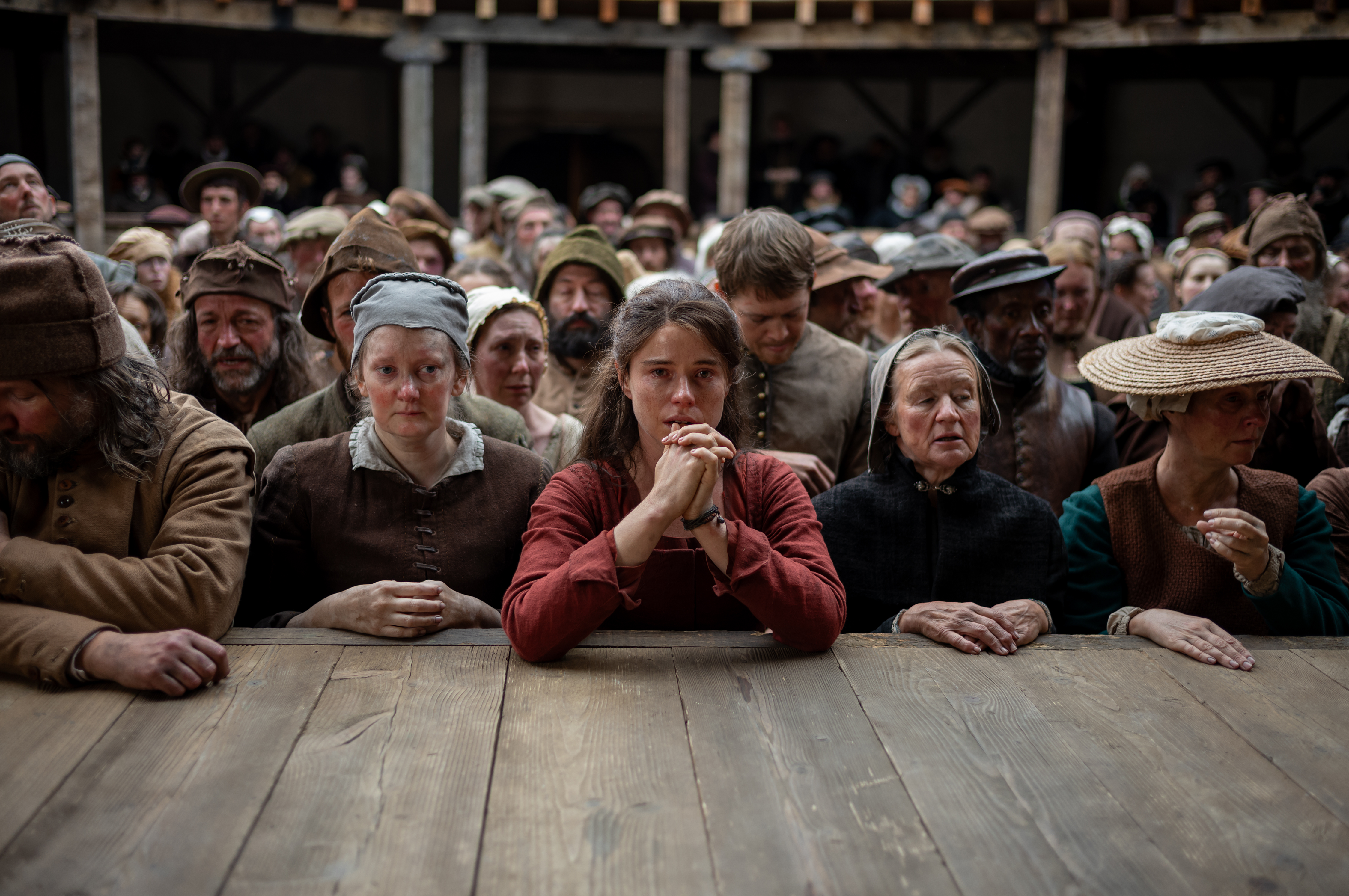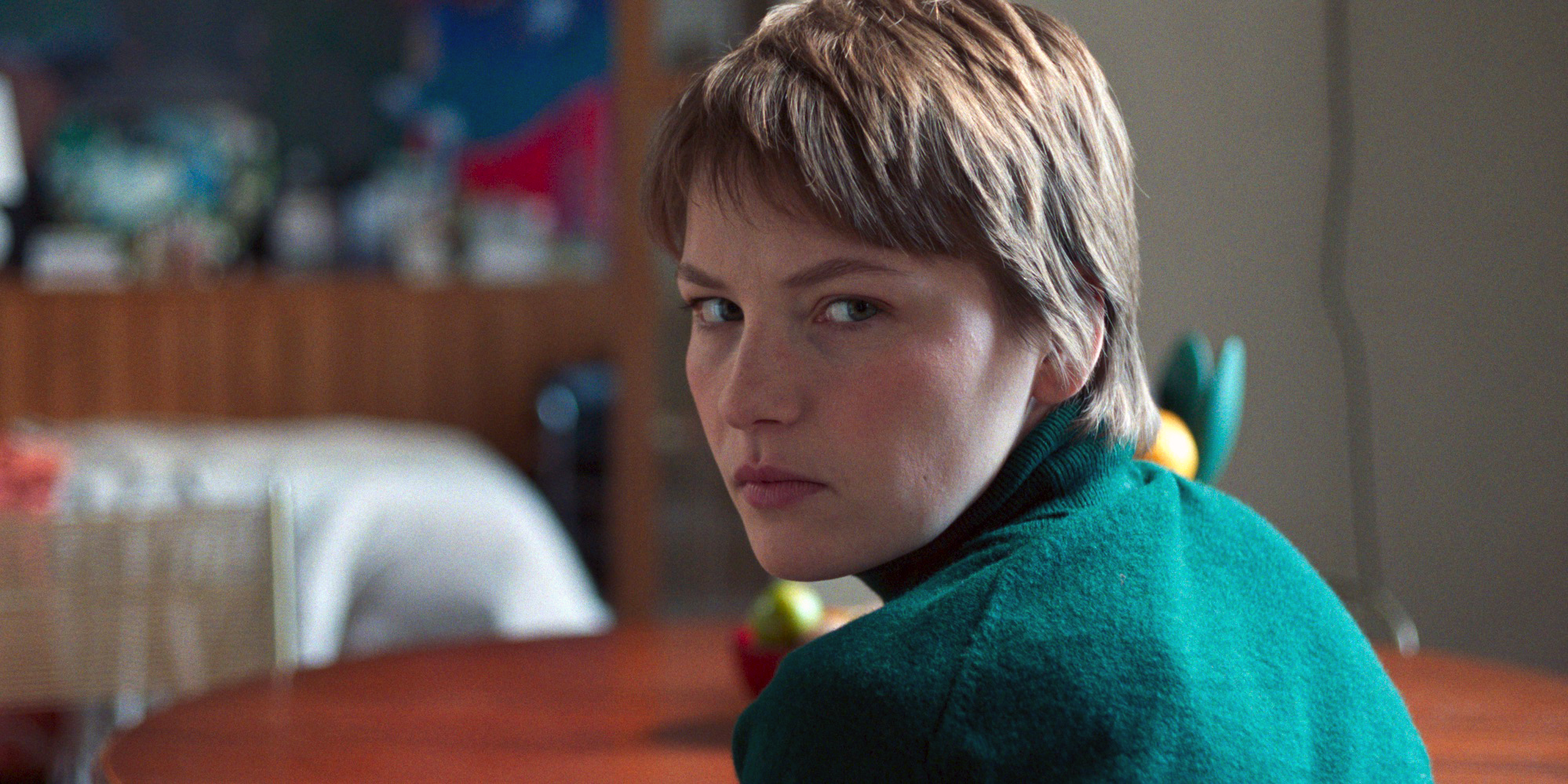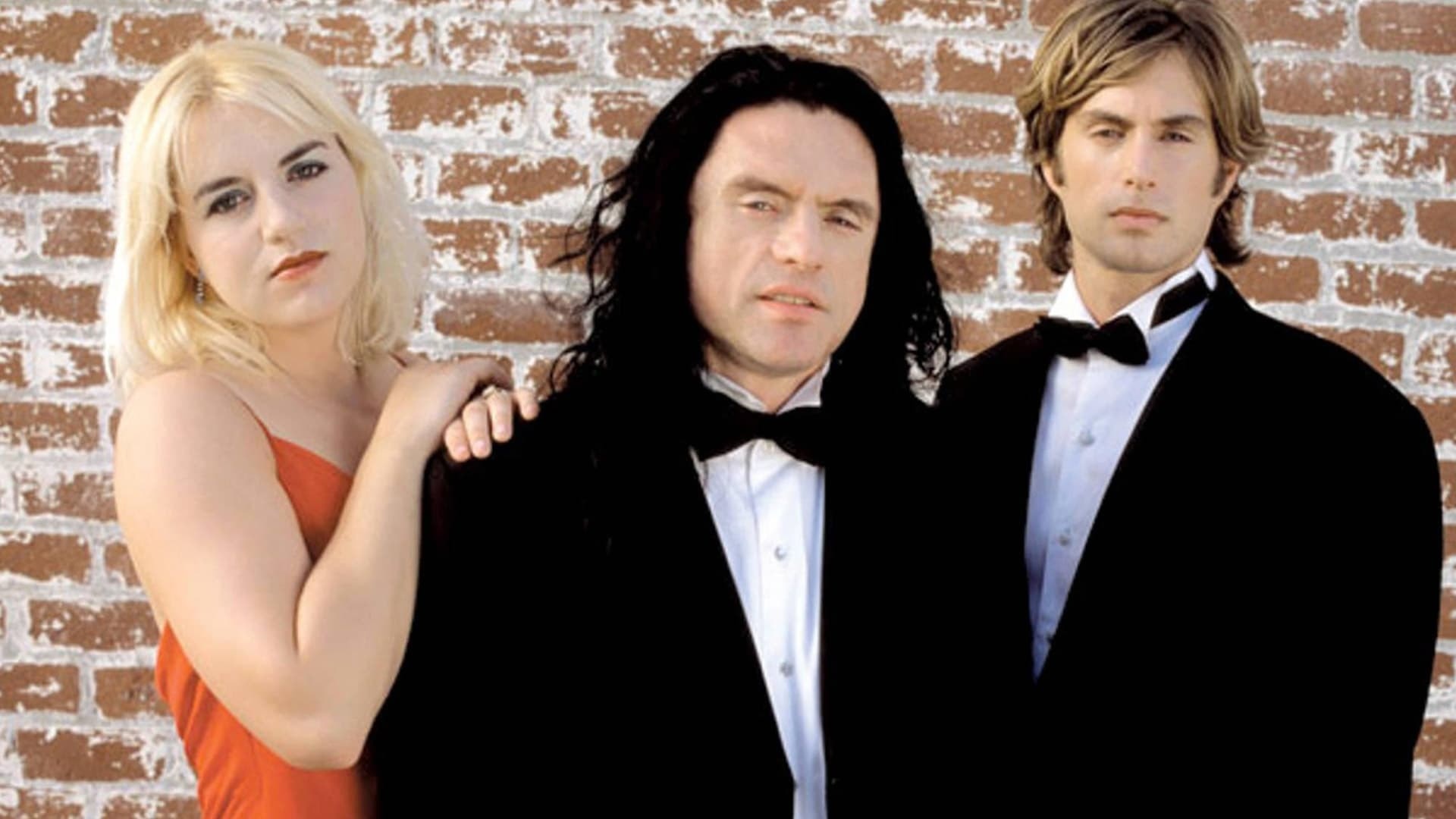
Blood and Black Lace
“Few gialli are as visually accomplished as this, which marks a high bar for the genre that wasn’t matched, much less exceeded, until the release of Dario Argento’s Deep Red.” -- Russ Fischer, IndieWire
Before Dario Argento’s Deep Red, there was Mario Bava’s Blood and Black Lace. At the Cristiana Haute Couture fashion house, models and their boyfriends excel at the art of backstabbing, blackmail, and snorting cocaine. That is, until a faceless maniac embarks on a mission of death! After the one-two punch of Black Sunday and Black Sabbath, Mario Bava unleashed Blood and Black Lace -- the movie that perfected the ultra-violent sub-genre that would come to be known as “giallo.” With a mood that mashes together the elegance of a quiet rain on a summer night with the luridness of a trashy paperback, it’s no wonder why Martin Scorsese once referred to this movie as “an incredible moment for cinema.”
About January Giallo:
"Every January, we like to pour ourselves a glass of J&B whiskey, sharpen our straight razor and slip on those black gloves to celebrate our favorite horror sub-genre, the Giallo.
For those of you who don’t know, a Giallo is Italy’s answer to murder mysteries and thrillers that was kicked off by Mario Bava with The Girl Who Knew Too Much (aka Evil Eye) in the early sixties. While filmmakers like Umberto Lenzi made some excellent Giallos in the late sixties/early seventies such as Orgasmo and Knife of Ice, the sub-genre became popularized by Dario Argento with The Girl with Crystal Plumage . Throughout the seventies, Argento along with Sergio Martino, Lucio Fulci, Luciano Ercoli, Aldo Lado and many more made several visually stunning and viscerally violent cinematic excursions.
The word Gialllo means ‘yellow’ in Italian, which was the color of the pulp and crime books that some Giallo took inspiration from. Although stylistically, the Giallo shares DNA with the German Krimi Films, the sub-genre took some wild turns mingling with occult, Gothic horror, Poliziotteschi, and psychedelia elements that created many unique variations." - Cinematic Void

